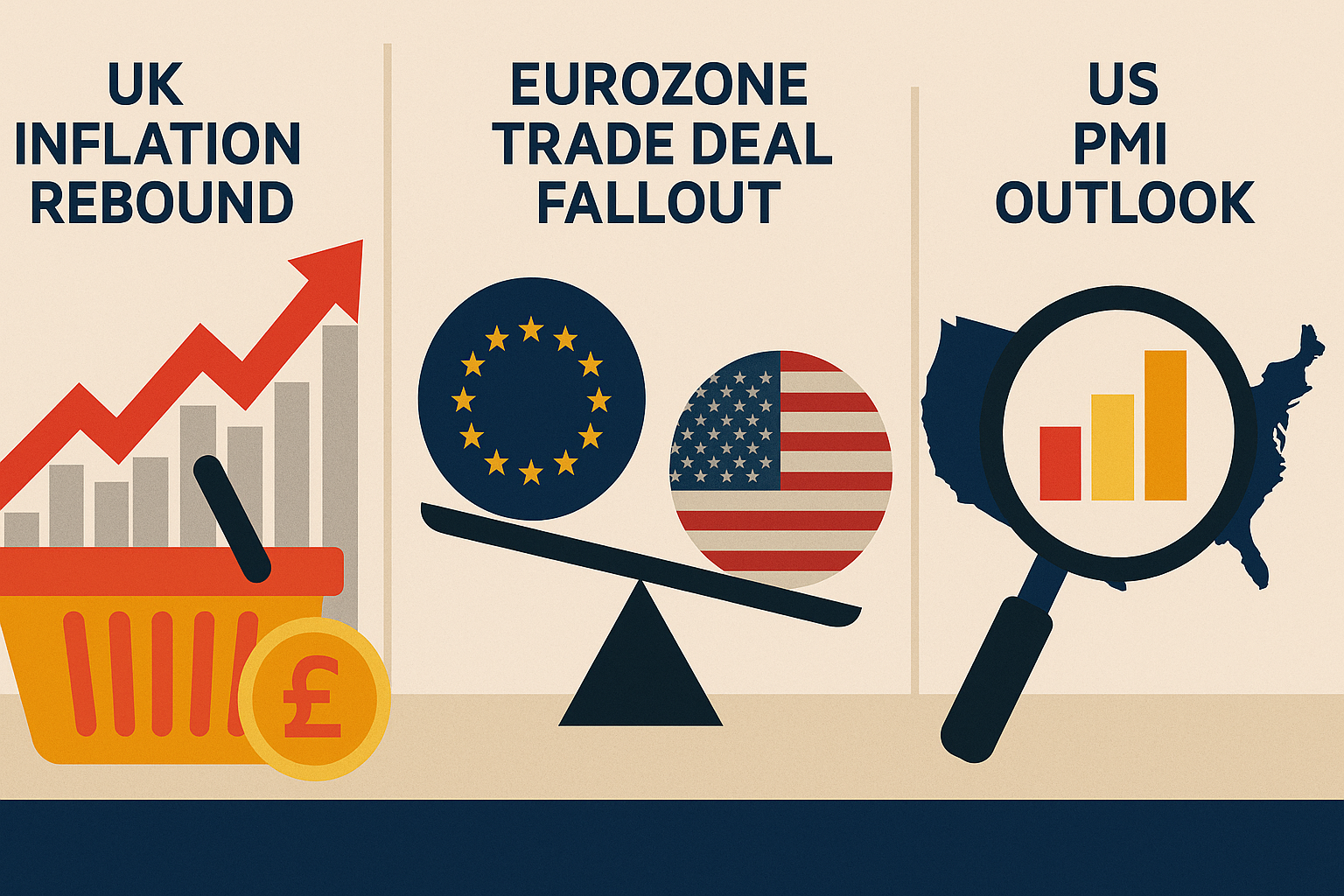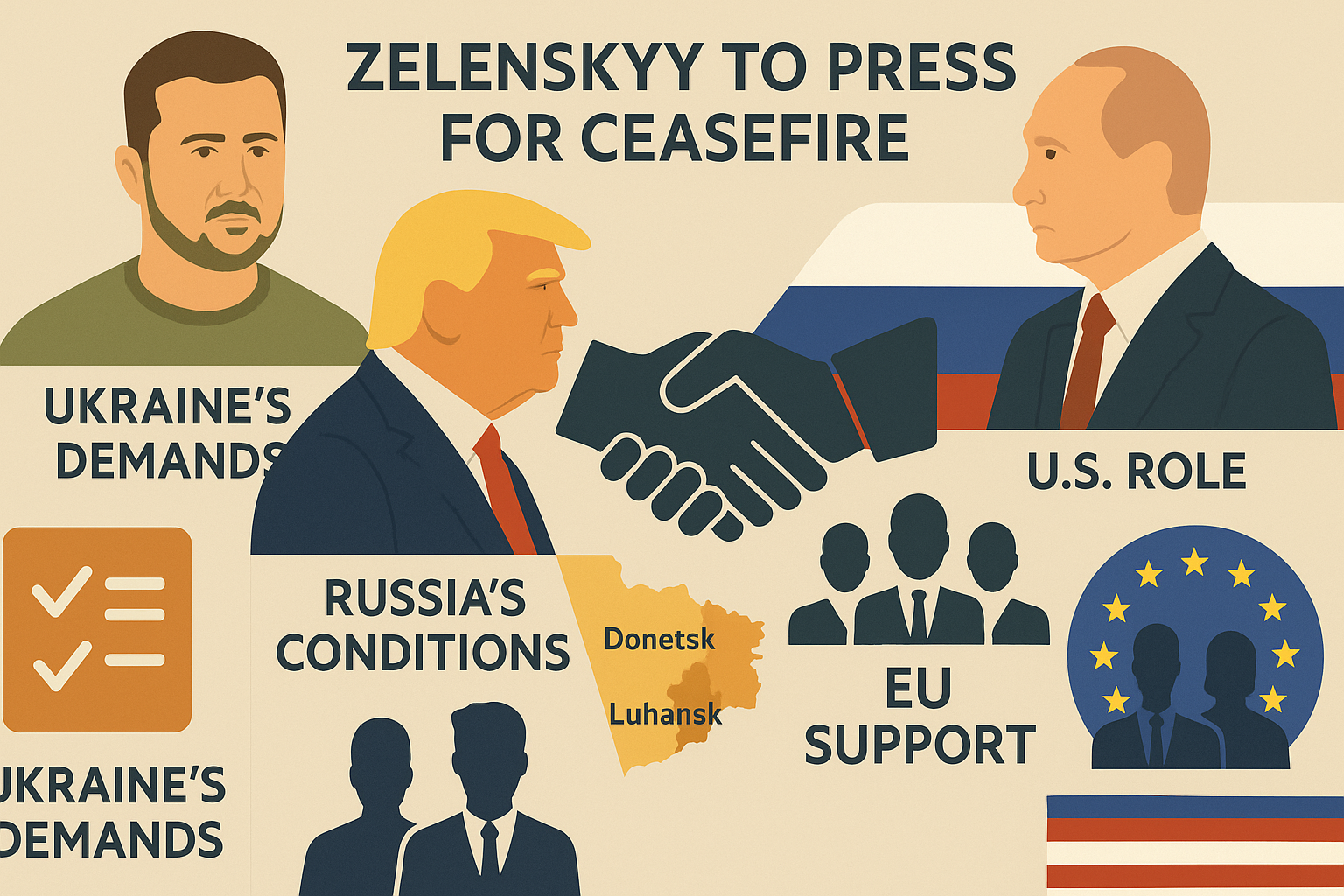The UK is once again grappling with persistent inflationary pressures after briefly achieving relief last year when inflation fell below the Bank of England’s 2 per cent target, dropping to 1.7 per cent in September. However, more recent data suggests the trend has reversed.
Official figures expected this week are projected to show consumer price growth rising to 3.7 per cent year-on-year in July, up from 3.6 per cent in June, according to a Reuters poll. Services inflation — a key indicator closely monitored by the Bank of England (BoE) — is also expected to edge up to 4.8 per cent.
The BoE has long argued that this rebound would be temporary, but sentiment within its Monetary Policy Committee has shifted. At its latest meeting, a proposal to reduce the key interest rate to 4 per cent passed narrowly, with a 5-4 vote. Deputy Governor Dave Ramsden admitted that the persistence of inflation has been “surprising,” sparking concern that further rate cuts may be delayed.
Economists warn that the UK risks becoming an outlier compared to its peers, as inflation remains stubbornly high. Markets and policymakers will closely watch the forthcoming data from the Office for National Statistics for signs of deeper-rooted inflationary pressures.
Eurozone Sentiment and Trade Deal Fallout
Meanwhile, the Eurozone faces its own challenges following last month’s trade deal with the US. While the agreement reduced uncertainty in transatlantic relations, it included tariffs of 15 per cent on most EU exports to the US, dampening confidence across the bloc.
Purchasing Managers’ Indices (PMIs) for August, due this week, are expected to reflect this cautious sentiment. Economists forecast the composite PMI to fall to 50, the threshold between growth and contraction, from 50.6 in July. Manufacturing is anticipated to slip further into negative territory, with a reading of 49.5.
Germany, the EU’s largest economy and a key exporter, has already shown signs of unease. The ZEW survey of investor sentiment released earlier in August revealed weaker-than-expected confidence, suggesting that tariffs are weighing heavily on economic outlooks. Analysts caution that while hard data will take time to materialize, PMIs will serve as the first real indicator of how businesses are responding to the deal.
The European Central Bank, which has been easing monetary policy, may soon face renewed pressure if trade-related pessimism continues to spread.
US Economic Momentum Under Scrutiny
In the United States, attention is turning to the health of its economy as new tariffs begin to take effect. This week, S&P Global will release its PMIs, offering a snapshot of both manufacturing and services activity. Investors and policymakers will study these figures closely to assess whether the US economy is showing signs of resilience or weakness.
Strong results, particularly in services, could bolster Federal Reserve Chair Jay Powell’s cautious stance on interest rates and support expectations of only a modest 0.25 percentage point rate cut in September. Conversely, weaker data — especially declines in new orders or employment — could strengthen calls for a larger 0.5 point cut.
The inflation components within the PMI data will also be critical. Any acceleration in input costs could reignite concerns about underlying price pressures, potentially complicating the Fed’s policy path.
Global investors will compare the US data with upcoming PMI releases from Europe and Asia. Divergences between regions may influence currency markets, particularly if interest rate expectations shift further apart.
Outlook
The coming week’s data will be pivotal in shaping the direction of monetary policy across major economies. For the UK, stubborn inflation could stall efforts to ease rates. In the Eurozone, trade tensions with the US are already dampening sentiment. Meanwhile, in the US, PMI readings will provide vital clues on whether growth momentum can withstand new tariff pressures.
Together, these developments highlight the fragile balance central banks face as they attempt to support growth without reigniting inflation.








